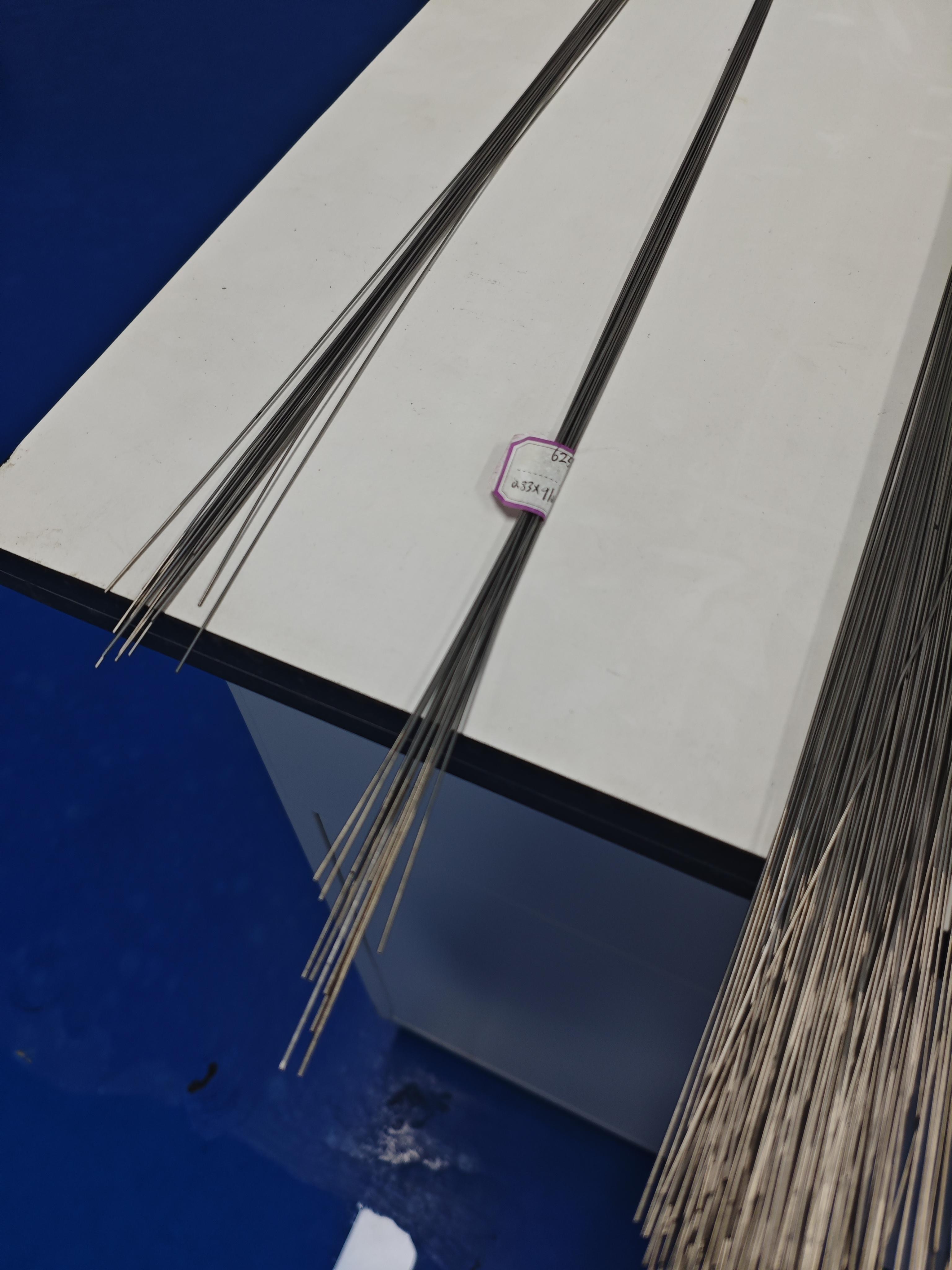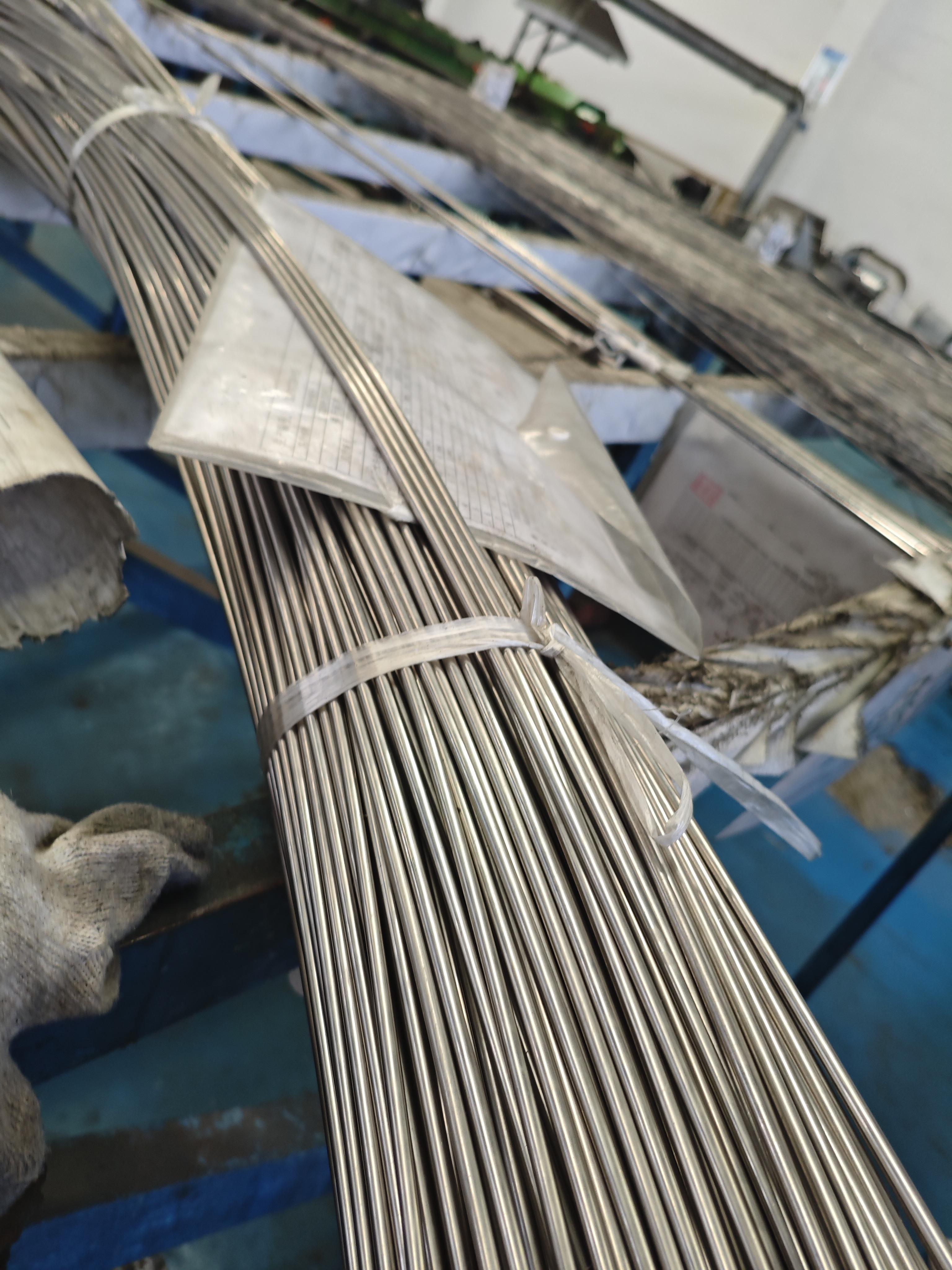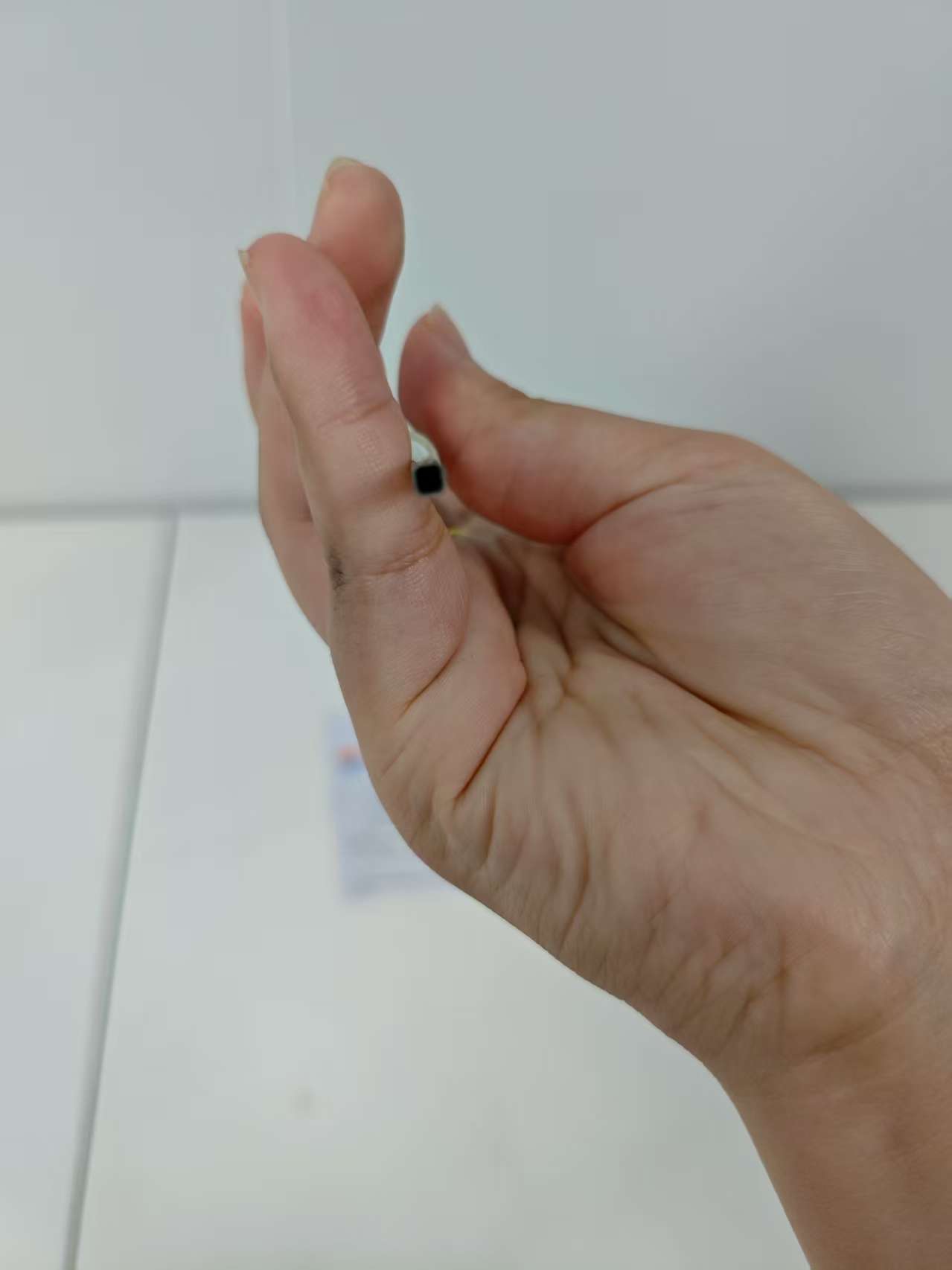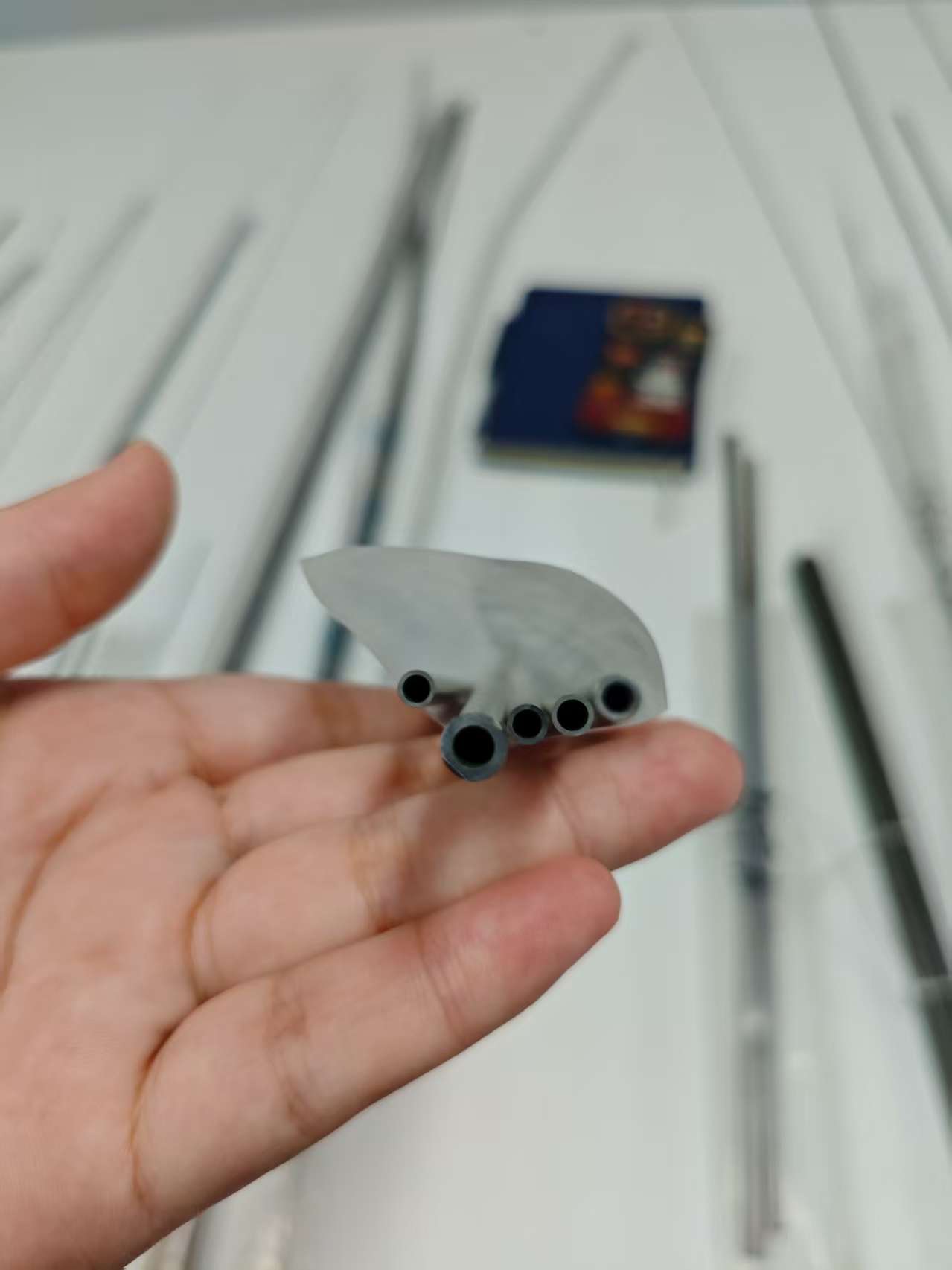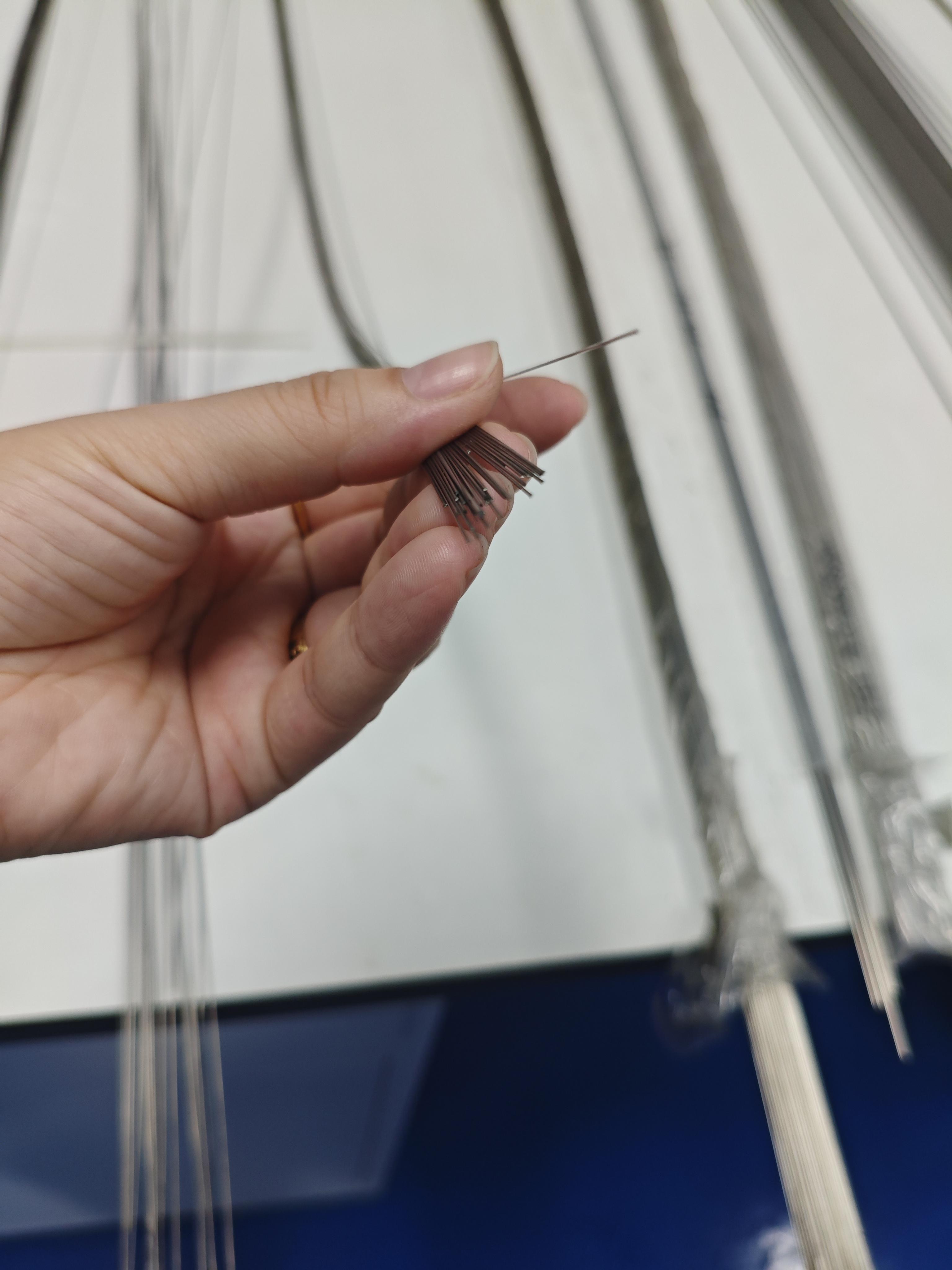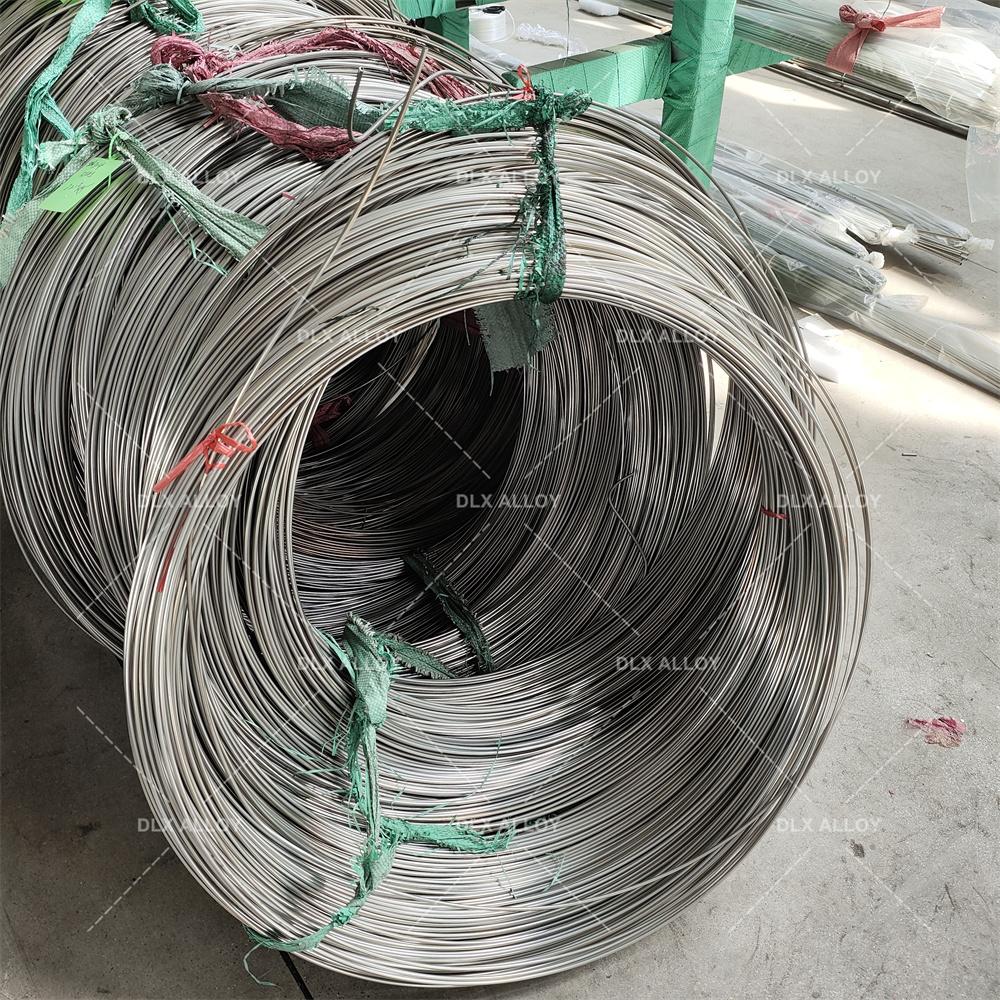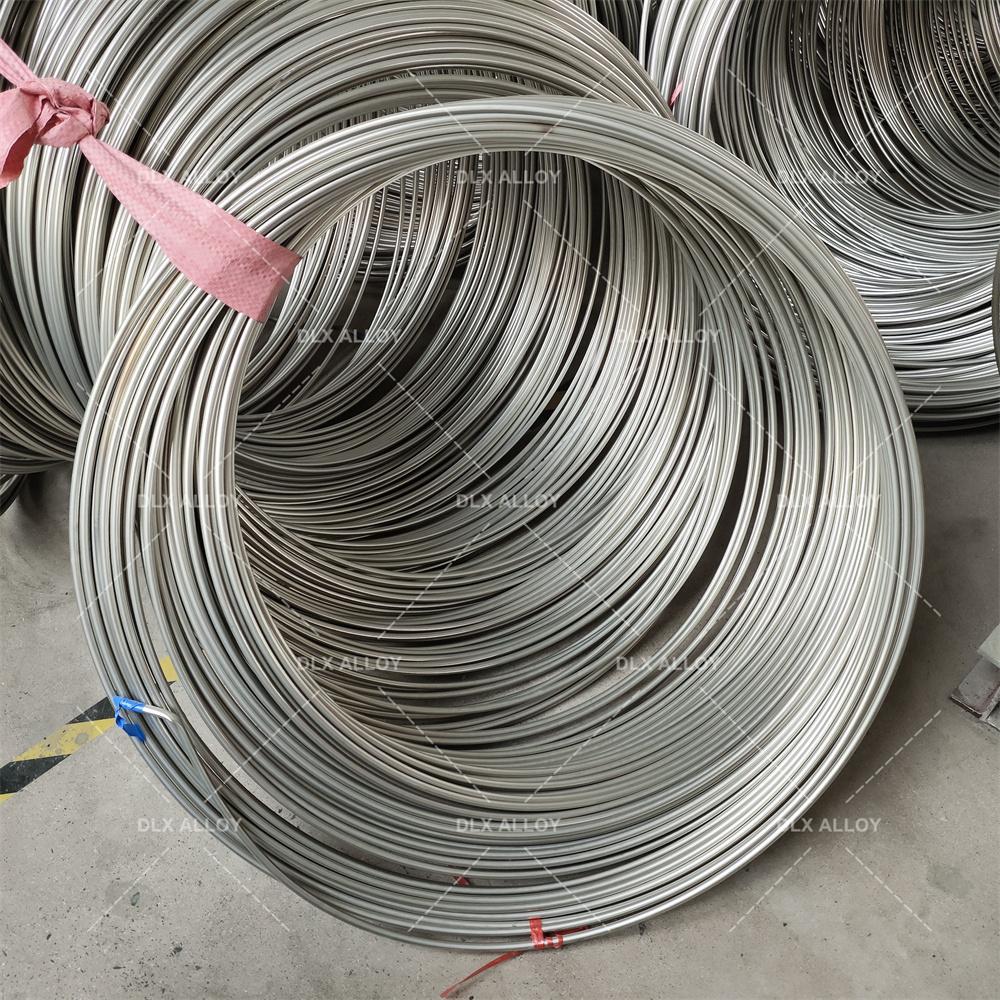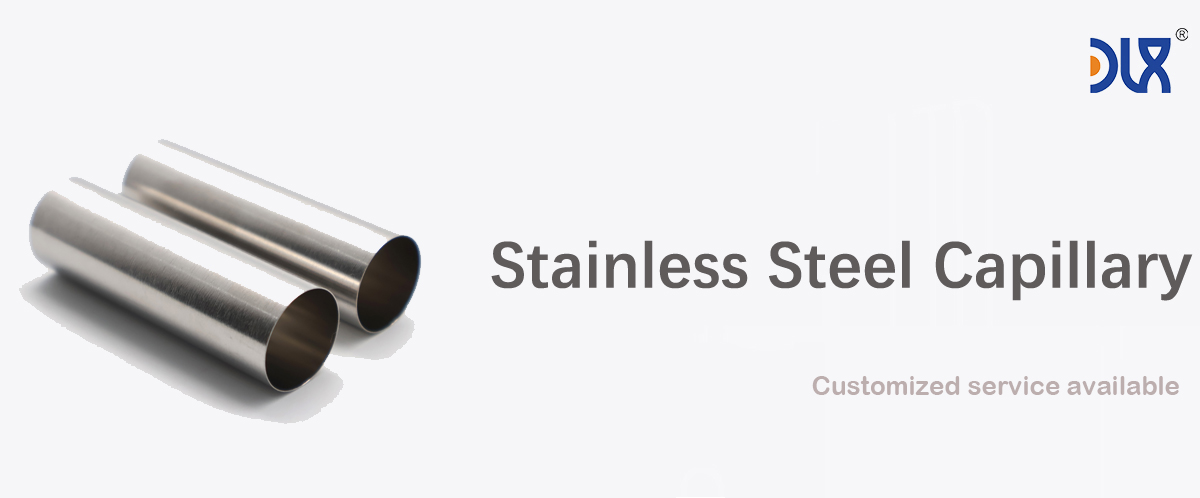
Our company specializes in medical grade stainless steel capillary tubing, designed to meet the precision demands of healthcare applications. This isn’t just any tubing—it’s a finely crafted solution that powers life-saving medical devices with unmatched reliability and biocompatibility. Let’s break down what makes our capillary tubing stand out, from its high-quality materials to its critical role in healthcare, while exploring industry trends and why we’re a cut above the rest.
For more details, pls directly contact us.
Our medical grade stainless steel capillary tubing is made from top-tier 304L and 316L alloys, chosen for their purity and performance. The 304L grade, with 18% chromium and 8% nickel, delivers solid corrosion resistance and flexibility, making it perfect for cost-sensitive applications like hypodermic needles. The 316L steps it up with 2-3% molybdenum, offering superior resistance to pitting in chloride-heavy environments like surgical suites or implant sites. Both alloys keep carbon below 0.03%, ensuring clean welds and no cracking under stress. We produce these tubes with outer diameters as small as 0.2mm and wall thicknesses down to 0.05mm, achieving tolerances tighter than industry standards. The electropolished finish is key—ultra-smooth surfaces reduce friction and bacterial adhesion, meeting ISO 10993 and USP Class VI for biocompatibility. Compliant with ASTM A269, our tubing is ready for the most demanding medical uses.
Grade | Composition | Key Properties | Corrosion Resistance | Biocompatibility | Applications | Advantages | Limitations |
|---|---|---|---|---|---|---|---|
316L | Fe (60-70%), Cr (16-18%), Ni (10-14%), Mo (2-3%), C (<0.03%) | Tensile: 485-620 MPa, Yield: 170-290 MPa, Elongation: 40-50%, Hardness: 95 HRB | Excellent (passive oxide layer, resists pitting) | High, minimal ion release, rare Ni sensitivity | Bone plates, screws, stents, hip stems, dental implants | Cost-effective, machinable, fatigue-resistant | Possible Ni sensitivity, heavier than Ti |
304L | Fe (65-74%), Cr (18-20%), Ni (8-10.5%), C (<0.03%) | Tensile: 485-550 MPa, Yield: 170-240 MPa, Elongation: 40-55%, Hardness: 92 HRB | Good, less resistant to pitting than 316L | Moderate, higher Ni release risk | Temporary implants, surgical tools, guidewires | Affordable, easy to form, widely available | Limited for long-term implants due to corrosion |
17-4 PH | Fe (70-78%), Cr (15-17.5%), Ni (3-5%), Cu (3-5%), C (<0.07%) | Tensile: 930-1100 MPa, Yield: 725-860 MPa, Hardness: 30-44 HRC | Very good, but less than 316L in saline | Good, but less biocompatible than 316L | Load-bearing implants, surgical instruments | High strength, heat-treatable, durable | Complex processing, less corrosion-resistant |
420 | Fe (80-90%), Cr (12-14%), C (0.15-0.4%) | Tensile: 700-950 MPa, Yield: 340-450 MPa, Hardness: 45-50 HRC | Moderate, prone to pitting in body fluids | Moderate, not ideal for long-term implants | Cutting tools, temporary pins, dental drills | High hardness, wear-resistant, sharpenable | Poor corrosion resistance for permanent use |
440C | Fe (78-85%), Cr (16-18%), C (0.95-1.2%) | Tensile: 760-1000 MPa, Yield: 450-600 MPa, Hardness: 56-60 HRC | Moderate, better than 420 but less than 316L | Limited, high carbon affects biocompatibility | Surgical blades, high-wear tools | Extremely hard, excellent edge retention | Not suitable for long-term implants |
F138 (316LVM) | Fe (60-70%), Cr (17-19%), Ni (13-15%), Mo (2.25-3.5%), C (<0.03%) | Tensile: 490-690 MPa, Yield: 190-300 MPa, Elongation: 40-50%, Hardness: 95 HRB | Superior, optimized for medical use | Excellent, lowest ion release, vacuum-melted | Orthopedic implants, cardiovascular stents | Enhanced purity, top biocompatibility | Higher cost than standard 316L |
303 | Fe (65-75%), Cr (17-19%), Ni (8-10%), S (0.15-0.35%) | Tensile: 500-620 MPa, Yield: 240-290 MPa, Elongation: 35-50%, Hardness: 90 HRB | Moderate, sulfur reduces corrosion resistance | Moderate, not ideal for permanent implants | Machined components, non-implant devices | Excellent machinability, cost-effective | Not suitable for long-term implants |
Nitronic 60 | Fe (60-70%), Cr (16-18%), Ni (8-9%), Mn (7-9%), N (0.08-0.18%) | Tensile: 620-793 MPa, Yield: 345-414 MPa, Hardness: 95-100 HRB | Very good, resists galling and wear | Good, but less studied for implants | Wear-resistant implants, joint components | High wear resistance, galling resistance | Limited medical use, higher cost |
For more details, pls directly contact us
In healthcare, our capillary tubing is a workhorse across a range of applications. It’s the backbone of catheters, delivering fluids or guidewires with precision in minimally invasive procedures like angioplasty. Endoscopes rely on its micro-diameter coils to navigate tight anatomies while maintaining structural integrity. For hypodermic needles, the tubing’s thin walls ensure sharp, reliable injections without compromising strength. In implantable devices like stents or spinal screws, its biocompatibility prevents adverse reactions, supporting long-term patient safety. We’ve seen it used in dialysis equipment, where consistent flow is critical, and in wearable insulin pumps, where compact size matters. The seamless, coiled design allows for flexibility without kinking, making it ideal for dynamic surgical tools. Every tube is engineered to withstand repeated sterilization—think autoclaving at 135°C—while keeping its performance intact.
The healthcare industry is evolving rapidly, and our capillary tubing is at the forefront. The global medical tubing market is set to grow at a CAGR of 8% through 2030, driven by rising chronic diseases and demand for minimally invasive surgeries. Aging populations are fueling the need for implants, where our tubing’s precision shines. Sustainability is a big deal—hospitals want recyclable materials, and our stainless steel is 100% recyclable, aligning with green initiatives. Regulatory bodies like the FDA and EU MDR are raising the bar on material purity and traceability, which we exceed with full documentation from mill to delivery. Smart medical devices are trending, with tubing now integrating sensors for real-time diagnostics, like monitoring blood flow. Supply chain challenges, like raw material shortages, are real, but our diversified sourcing keeps us reliable. The shift to outpatient care and telemedicine is also boosting demand for portable, high-precision tubing solutions.
What makes our company the go-to choice? It’s our obsession with precision and customization. We don’t just make tubing; we tailor it to your exact needs. Our R&D team optimizes alloys for specific healthcare applications, achieving purity levels that outperform standard offerings. Need a custom diameter or coil pitch? We can hit tolerances down to microns, ensuring seamless integration into your devices. Our quality control is relentless—ultrasonic testing and laser inspections catch even the tiniest flaws, reducing failure risks in critical settings like operating rooms. Unlike others, we prioritize fast delivery through streamlined production, so you’re never left waiting. Our eco-friendly manufacturing, powered by renewable energy, appeals to clients aiming for lower carbon footprints. This combination of innovation, reliability, and sustainability gives us a clear edge.
Diving into applications, our medical grade stainless steel capillary tubing transforms healthcare delivery. In neurosurgery, its micro-dimensions enable precise drug delivery to the brain, minimizing trauma. In cardiology, it forms guidewires and stents that endure the heart’s constant motion without fatiguing. For diagnostic equipment, like chromatography systems in labs, its non-reactive surface ensures sample purity. We’ve optimized it for high-pressure fluid delivery in infusion pumps, where even a micro-leak could be catastrophic. In veterinary medicine, it supports surgical tools for animals, proving its versatility. As telemedicine grows, our tubing integrates into compact devices for remote patient monitoring, blending durability with cutting-edge tech.
Industry trends show exciting shifts. Personalized medicine is huge—our ability to produce bespoke tubing supports custom implants tailored to individual patients. Antimicrobial coatings are gaining traction to combat hospital-acquired infections, and we’re exploring nanotechnology to enhance our tubing’s surfaces. The rise of AI-driven diagnostics means tubing must pair with smart systems, like sensors for real-time pressure data. Economic pressures, like nickel price volatility, challenge the industry, but our efficient processes keep costs competitive. Post-COVID, supply chain resilience is critical, and our global facilities ensure consistent supply, even during disruptions.
Comparison Parameters Table for 304L vs 316L Medical Grade Stainless Steel Capillary Tubing
| Parameter | 304L Medical Grade Capillary Tubing | 316L Medical Grade Capillary Tubing |
|---|---|---|
| Composition | 18% Chromium, 8% Nickel, ≤0.03% Carbon | 16% Chromium, 10% Nickel, 2-3% Molybdenum, ≤0.03% Carbon |
| Corrosion Resistance | Good; suitable for non-aggressive medical environments | Excellent; resists pitting and crevice corrosion in saline or acidic conditions |
| Biocompatibility | High; ideal for short-term devices and tools | Superior; preferred for long-term implants and high-saline exposure |
| Strength (Tensile) | 485-515 MPa; reliable for precision applications | 515-620 MPa; enhanced for high-stress medical devices |
| Temperature Resistance | Up to 870°C; handles standard sterilization processes | Up to 925°C; better for repeated high-heat sterilization |
| Cost | Cost-effective; suits high-volume, less critical applications | Higher; premium for critical implants and precision tools |
| Formability | Excellent; allows micro-diameter tubing without cracking | Very good; slightly less flexible but maintains precision in tight tolerances |
| Applications | Hypodermic needles, catheters, general surgical tools | Long-term implants (stents), endoscopes, high-precision fluid delivery systems |
| Surface Finish | Electropolished for ultra-smooth, low-friction surfaces | Electropolished; optimized for minimal bacterial adhesion and biocompatibility |
| Durability | High; reliable in stable conditions but less resistant in chloride-rich settings | Superior; withstands harsh sterilization and prolonged exposure to bodily fluids |
Our company stands out with end-to-end support. From design consultations to navigating FDA approvals, we’re with you every step. Our testing simulates real-world conditions—like saline exposure or cyclic bending—ensuring performance in the toughest scenarios. Compared to typical market options, our tubing offers lower impurity levels, enhancing biocompatibility and longevity. We also provide value-added features, like PTFE coatings for extra lubricity, which many overlook. This focus on quality and service builds lasting partnerships with healthcare innovators.
Product-wise, our 304L capillary tubing is a cost-effective choice for general tools like biopsy needles, offering excellent formability for tight coils. The 316L variant excels in implants and high-saline environments, resisting corrosion for years. Both are seamless for uniform strength and available with custom fittings for plug-and-play integration. Our electropolished finish minimizes outgassing in sterile packaging, preserving device integrity.
Looking ahead, we’re excited about trends like bioresorbable materials, though our stainless steel remains unmatched for proven reliability. Regulatory shifts toward stricter biocompatibility testing play to our strengths, with pre-validated materials easing compliance. The rise of 3D-printed implants opens doors for hybrid tubing solutions, but our precision grades are still the gold standard.
In short, our medical grade stainless steel capillary tubing delivers precision for healthcare applications, from materials to real-world impact. With our focus on customization, quality, and forward-thinking innovation, we’re not just meeting industry demands—we’re shaping the future of medical technology. (Word count: 1512)
For more details, pls directly contact us.
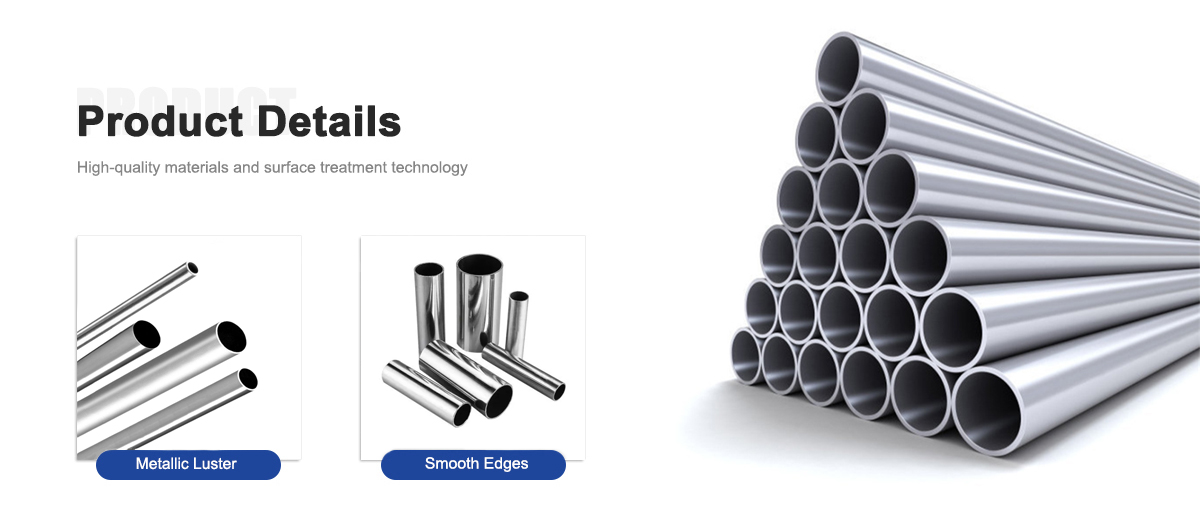

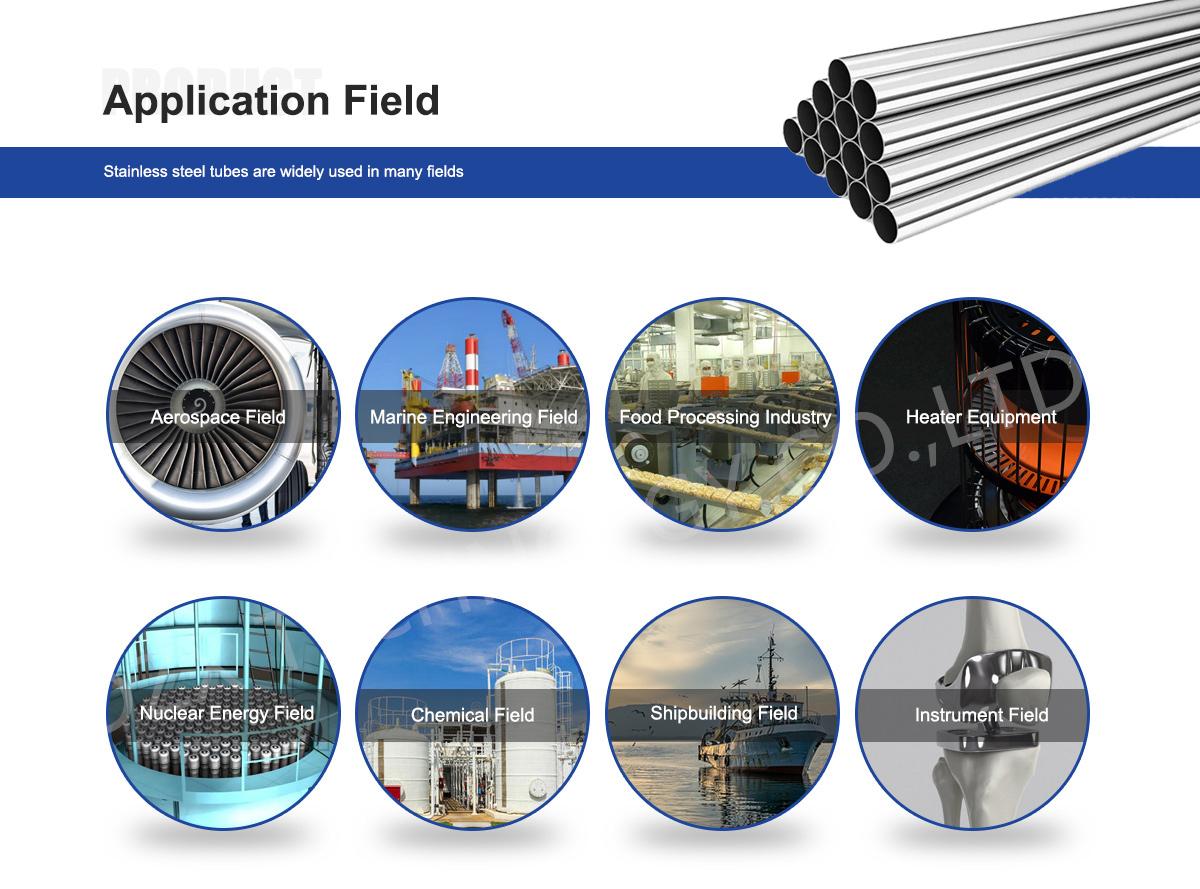
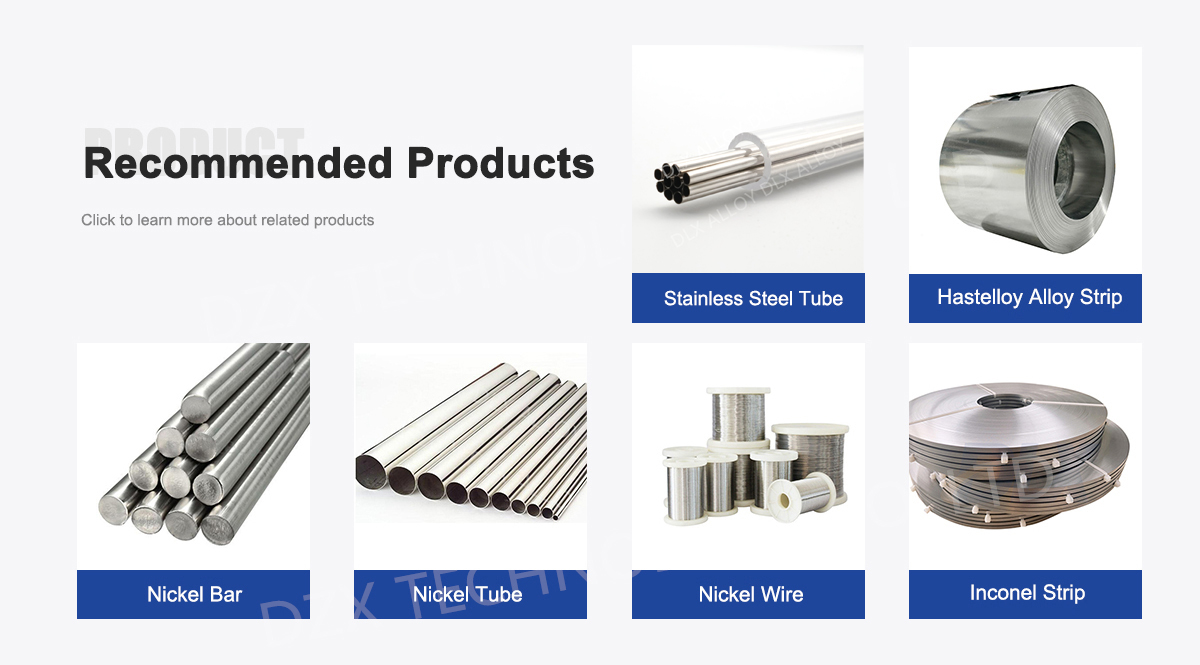
About Us:
Our 12,000㎡ factory is equipped with complete capabilities for research, production, testing, and packaging. We strictly adhere to ISO 9001 standards in our production processes, with an annual output of 1,200 tons. This ensures that we meet both quantity and quality demands. Furthermore, all products undergo rigorous simulated environment testing including high temperature, high pressure, and corrosion tests before being dispatched, ensuring they meet customer specifications.
For all our clients, we offer timely and multilingual after-sales support and technical consulting, helping you resolve any issues swiftly and efficiently.

Client Visits
Building Stronger Partnerships

We support all kinds of testing:


FAQs:
What materials are used in medical grade stainless steel capillary tubing?
Medical grade stainless steel capillary tubing is crafted from 304L or 316L alloys, with 18% chromium, 8-10% nickel, and 316L including 2-3% molybdenum, ultra-low carbon (≤0.03%) for biocompatibility and corrosion resistance.
What are the main applications of medical grade stainless steel capillary tubing in healthcare?
It’s used in precision instruments like catheters, endoscopes, hypodermic needles, and implantable devices such as stents due to its fine dimensions and biocompatible properties.
How does 304L capillary tubing compare to 316L in medical applications?
304L offers good corrosion resistance and affordability for general medical tools, while 316L provides superior resistance to pitting in saline-rich environments, ideal for implants and long-term use.
What industry trends are influencing medical grade stainless steel capillary tubing?
Trends include demand for minimally invasive procedures, advancements in biocompatible materials, integration with smart medical devices, and sustainable manufacturing practices.
Is medical grade stainless steel capillary tubing safe for human use?
Yes, it complies with ISO 10993 and USP Class VI standards, with electropolished surfaces to minimize tissue irritation and ensure sterility in medical applications.
How do you maintain medical grade stainless steel capillary tubing?
Sterilize via autoclaving or ethylene oxide, clean with biocompatible solvents, and inspect regularly for micro-abrasions to ensure performance and hygiene.
How do environmental factors affect medical grade stainless steel capillary tubing?
It resists corrosion from bodily fluids, saline, and disinfectants, with 316L excelling in chloride-heavy settings like surgical suites, ensuring durability.
What future trends might impact medical grade stainless steel capillary tubing?
Emerging trends include antimicrobial coatings, integration with IoT for real-time diagnostics, and eco-friendly production to meet healthcare’s sustainability goals.

